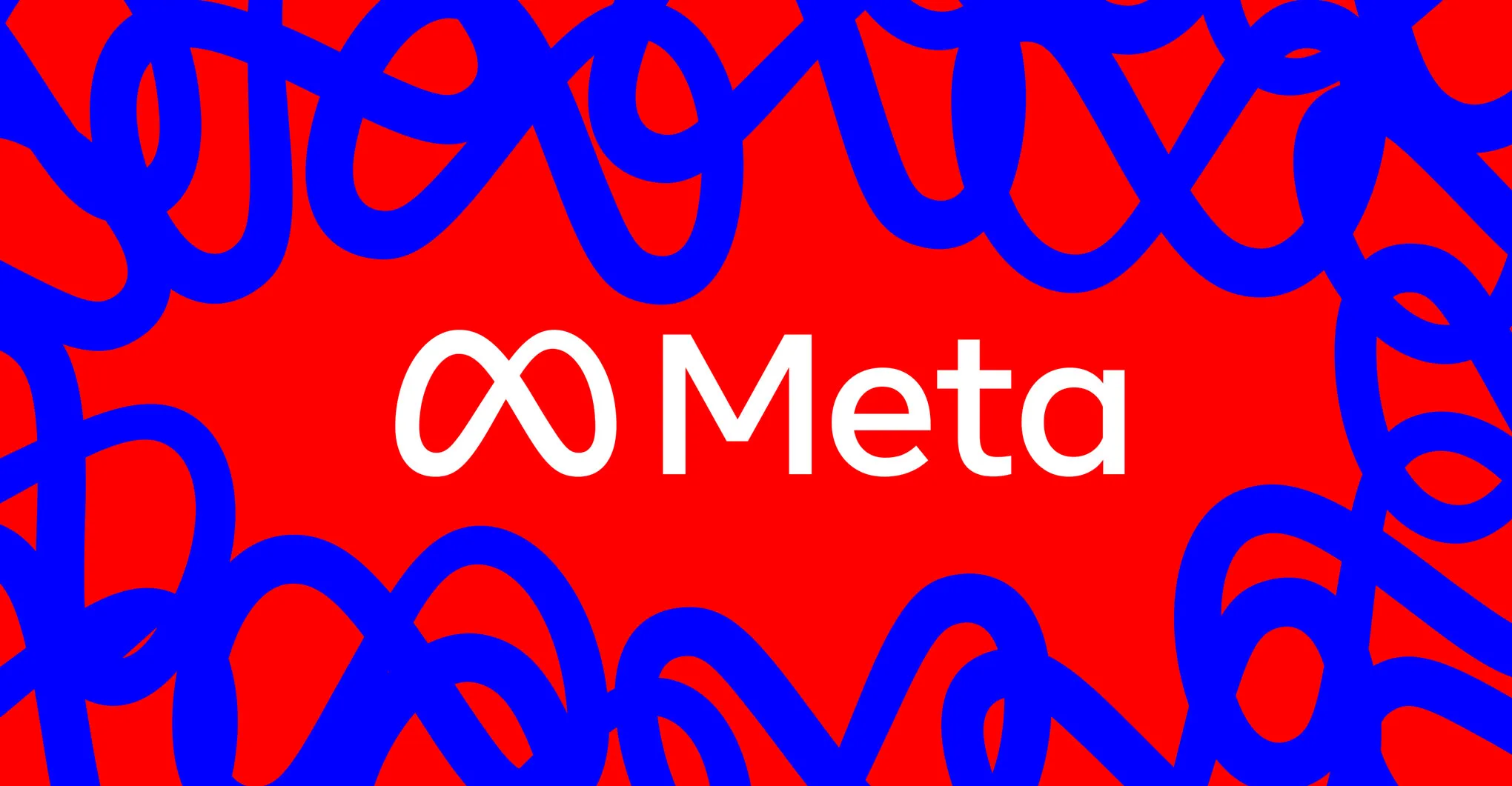In a rapidly evolving digital landscape, partnerships between major tech companies and innovative startups are shaping the future of artificial intelligence. One such groundbreaking collaboration has recently emerged: Meta, the parent company of Facebook, Instagram, and WhatsApp, has partnered with MidJourney, the popular AI image-generation platform. The partnership involves Meta licensing MidJourney’s technology for integration into future products, a move that signals the social media giant’s ambition to stay ahead in the AI race.
Why This Partnership Matters
Meta has made no secret of its intention to lead in artificial intelligence. From building large-scale language models to exploring immersive technologies for the metaverse, Meta has invested billions into AI research and development. However, in an increasingly competitive field, speed and innovation are critical. By licensing MidJourney’s AI technology, Meta is tapping into a tool that has already proven itself as a leader in generative visuals.
MidJourney, launched in 2022, quickly gained traction as one of the most powerful AI art generators. Unlike many AI platforms, MidJourney stood out for its unique visual aesthetics and its ability to produce striking, high-quality images from text prompts. This ability has made it a favorite among designers, creators, and digital communities. For Meta, integrating MidJourney’s technology offers a shortcut to incorporating cutting-edge generative tools into its ecosystem.
Meta’s Broader AI Strategy
The partnership is not an isolated step but rather part of Meta’s broader vision. The company has consistently emphasized AI as a foundational layer for its social platforms and metaverse ambitions. CEO Mark Zuckerberg has described AI as the “engine” that will drive personalization, engagement, and creativity in the next decade of digital experiences.
With Instagram already experimenting with AI-generated stickers, WhatsApp testing AI-driven customer service bots, and Facebook integrating AI for content moderation and recommendations, the adoption of MidJourney’s tech could enhance these efforts significantly. Imagine users being able to generate personalized artwork for their profiles, create unique images for group chats, or even design virtual items for Meta’s Horizon Worlds with the help of MidJourney’s algorithms.
What MidJourney Gains
While the partnership strengthens Meta’s AI portfolio, it also offers MidJourney substantial benefits. As a relatively young company, MidJourney has thrived in online communities like Discord but has yet to penetrate mainstream consumer markets on a massive scale. Collaborating with Meta, which boasts billions of users worldwide, gives MidJourney’s technology unparalleled exposure.
Moreover, licensing agreements often come with significant financial support. This influx of resources could allow MidJourney to refine its models, expand its team, and continue innovating without the immediate pressure of monetization. The partnership also validates MidJourney’s position as one of the top players in the generative AI sector, distinguishing it from competitors like Stable Diffusion or OpenAI’s DALL·E.
Potential Use Cases
The possibilities for how Meta might use MidJourney’s technology are vast:
-
Enhanced Content Creation – Instagram and Facebook creators could gain built-in tools to generate professional-level visuals, reducing the need for third-party apps. This could empower influencers, small businesses, and everyday users to produce more compelling content.
-
Virtual Reality and Metaverse Applications – Horizon Worlds, Meta’s flagship metaverse platform, could allow users to design their own environments, avatars, and objects through natural language prompts. MidJourney’s visual engine could be key in making this experience accessible and visually engaging.
-
Advertising and Marketing – Meta’s advertising network might leverage AI-generated visuals to help businesses craft unique campaigns. Small businesses without design teams could instantly generate graphics tailored to their brand.
-
Personalization at Scale – Users could create custom backgrounds, profile images, or story templates that reflect their individual style, deepening their engagement with Meta’s platforms.
Challenges Ahead
Despite the excitement, this partnership is not without challenges. The use of generative AI has raised concerns over copyright, data usage, and the potential for misuse. For instance, AI-generated images could be employed in misinformation campaigns, deepfakes, or inappropriate content. Meta, which has already faced criticism over content moderation and platform safety, will need to implement strict safeguards.
Another challenge lies in user adoption. While AI art has grown in popularity, not all users may embrace it, particularly if they feel the technology replaces human creativity. Meta will need to strike a careful balance between empowering users and avoiding perceptions of over-automation.
There is also the competitive aspect. Other tech giants like Google and Microsoft are rapidly advancing their own AI image and text-generation tools. Meta’s partnership with MidJourney is a bold step, but the company will still need to innovate continually to stay ahead.
The Bigger Picture
This collaboration illustrates the growing trend of synergy between established tech corporations and specialized AI startups. For Meta, licensing MidJourney’s technology accelerates innovation without the long timeline of building an equivalent product internally. For MidJourney, it provides a path to global reach and stability.
More broadly, the partnership reflects the future direction of digital interaction. AI is no longer just a behind-the-scenes tool for algorithms; it is becoming a direct medium for creativity, communication, and commerce. By embedding generative AI into social media and virtual reality, companies like Meta are reshaping how people express themselves online.
Conclusion
Meta’s decision to license MidJourney’s AI technology is more than a business deal—it is a signal of where the digital world is headed. As generative AI becomes central to creativity and communication, partnerships like this could define the next era of social platforms. If executed thoughtfully, the collaboration has the potential to transform how billions of people create, share, and interact online.
The journey ahead will involve addressing ethical questions, ensuring safety, and maintaining trust. But one thing is clear: with MidJourney’s creative power integrated into Meta’s platforms, the future of digital expression is poised to look more dynamic, personalized, and visually striking than ever before.



